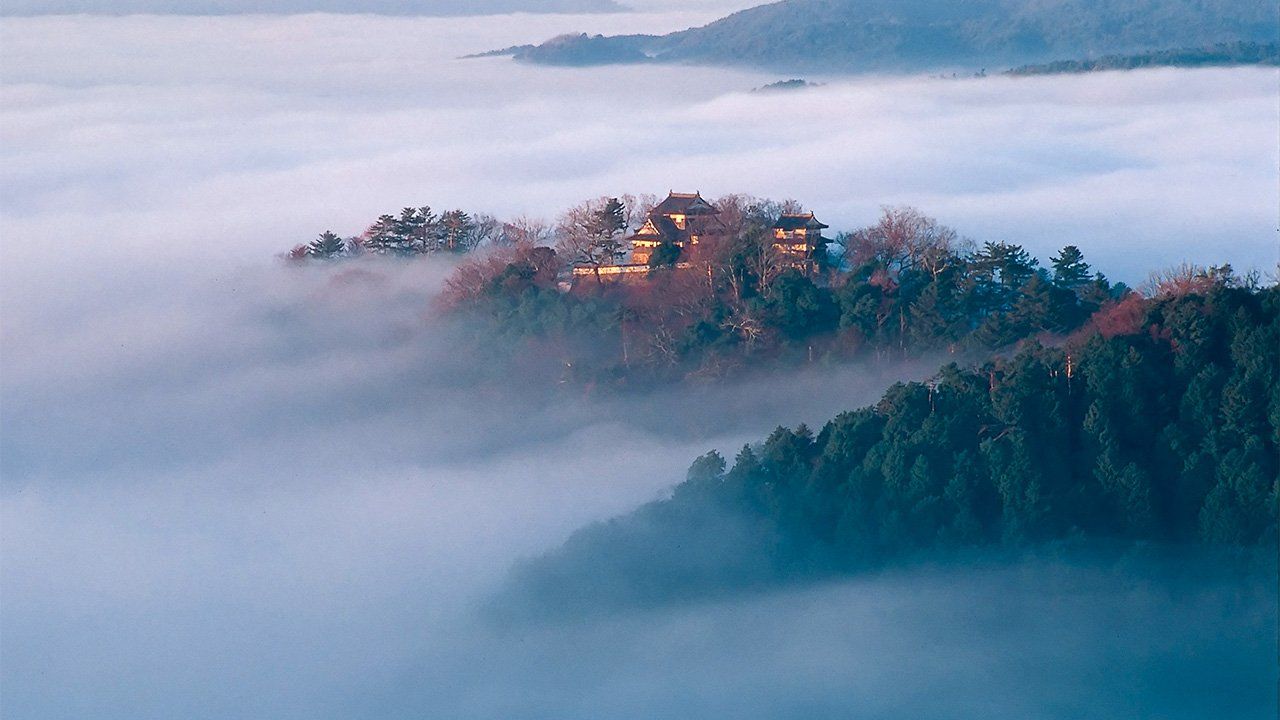
More of Japan’s Premodern Castles
Culture Travel- English
- 日本語
- 简体字
- 繁體字
- Français
- Español
- العربية
- Русский
Many of Japan’s castles have been destroyed over the centuries, either due to government ordinances, natural disasters, or World War II air raids. As a result, only 12 castles built in Japan prior to the Meiji Restoration of 1868 have central keeps that survive intact to this day. This article presents the seven of these castles that have been designated as important cultural properties.
Hirosaki Castle
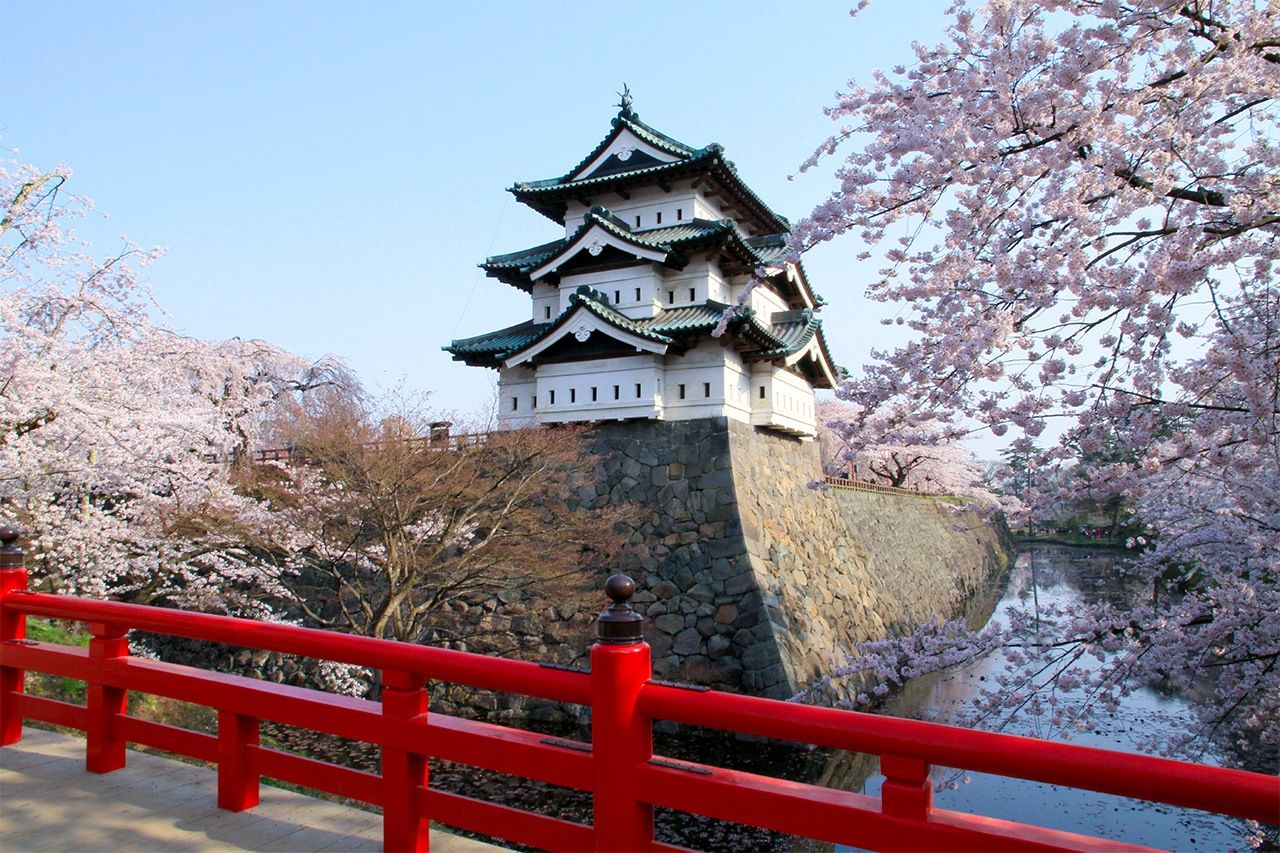
(Courtesy Aomori Prefecture Tourism Federation)
Hirosaki Castle was the residence of the Tsugaru clan, which ruled the former Hirosaki Province (present-day western Aomori Prefecture). The old fortifications, where the central keep stands, have been rededicated as Hirosaki Park. The site is also known for its many cherry trees, including more than 300 gigantic somei yoshino and shidarezakura on park grounds, some of which were planted over a century ago.
English-language website: https://www.hirosakipark.jp/en/
Maruoka Castle
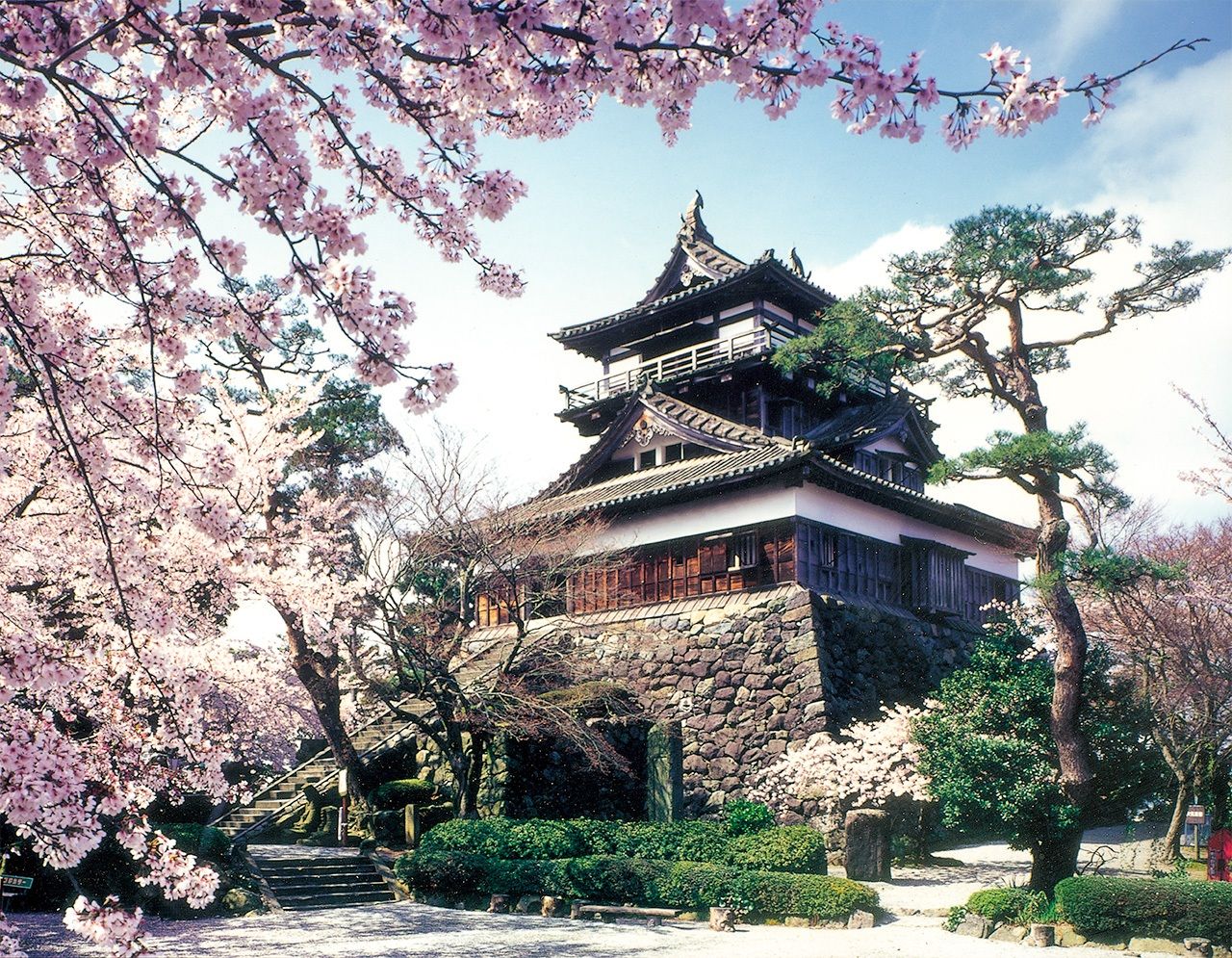
(Courtesy Fukui Prefectural Tourism Federation)
According to a survey by the Fukui board of education, Maruoka Castle was built some time in the early seventeenth century. Unusually its roof is made up of stone tiles and the central keep is estimated as weighing between 75 and 120 tons. After the keep collapsed in the 1948 Fukui earthquake, it was restored using building materials similar to those used in its original construction, and has been thus preserved since.
Bitchū Matsuyama Castle
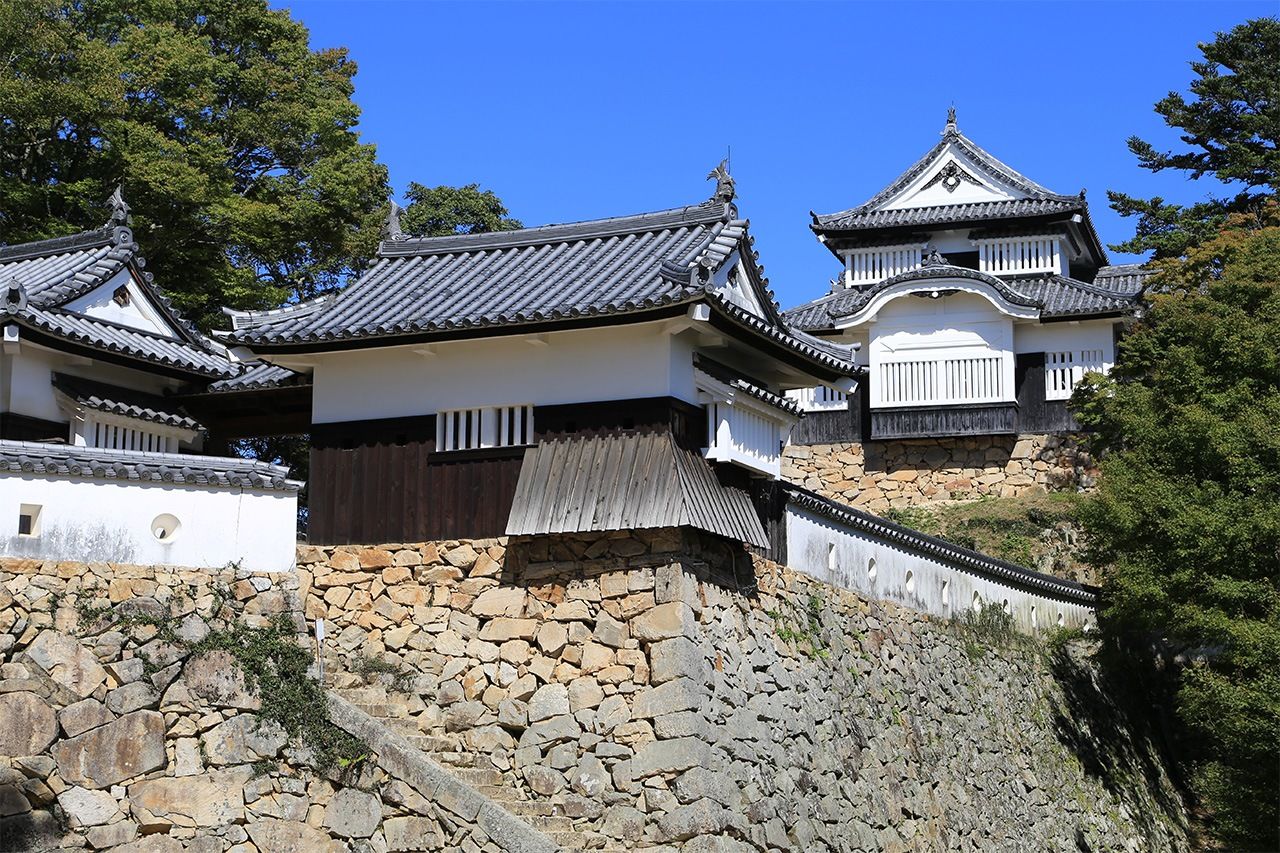
(Courtesy Okayama Prefectural Tourism Federation)
Bitchū Matsuyama Castle is located near the summit of Mount Gagyū, 430 meters above sea level. Imposing stone walls more than 10 meters in height rise sharply all around the slopes leading to the castle proper, which was once thereby considered impregnable. Based on a castle originally built in the Kamakura period (1185–1333), the present keep was repaired in 1683.
Fog banks frequently blanket the area near Mount Gagyū on early mornings between late September and early April, providing an unearthly view of the castle from nearby observation decks.
Marugame Castle
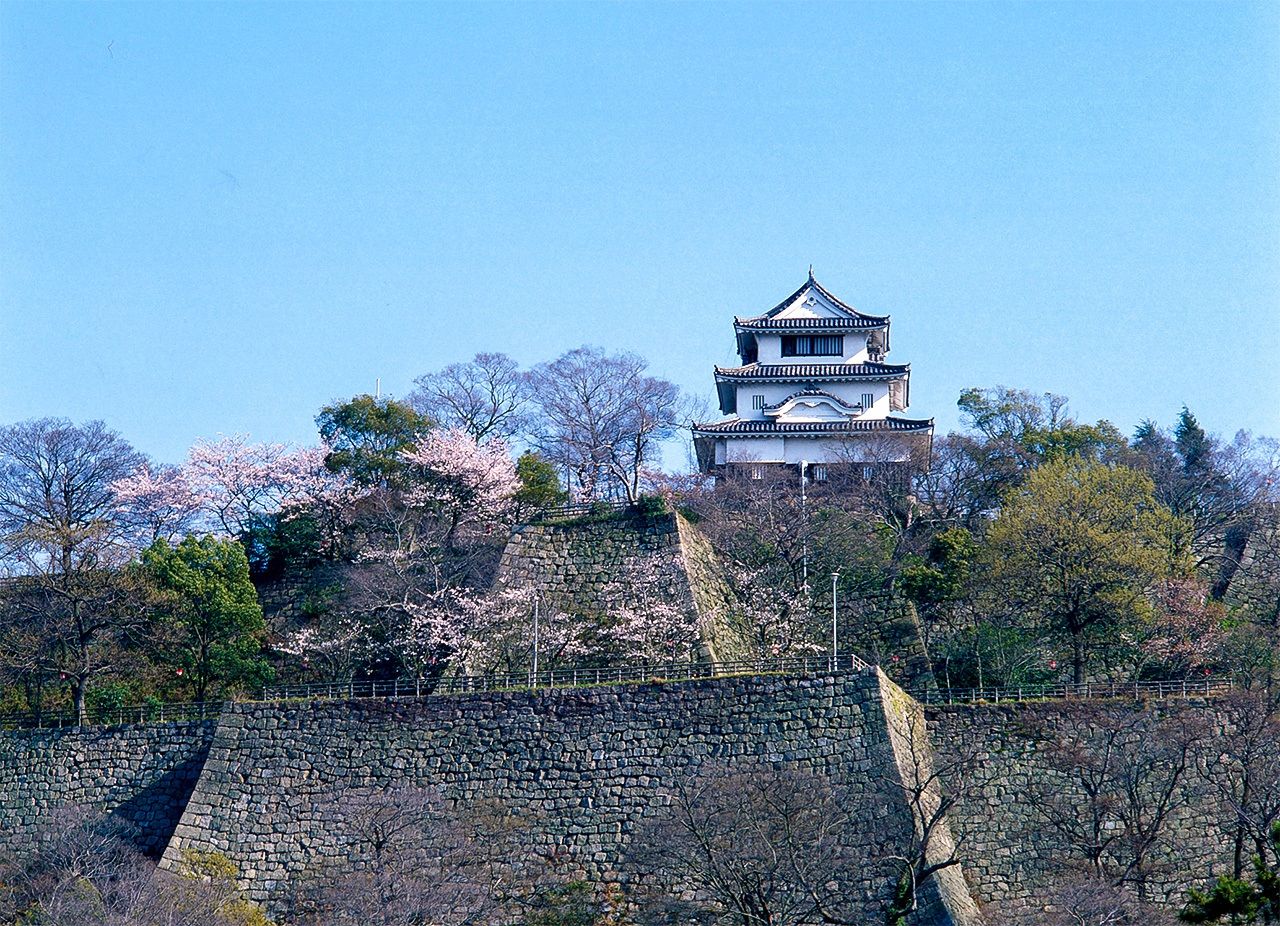
(Courtesy Kagawa Prefecture Tourism Association)
Marugame Castle represents the highest expression of techniques for building castle walls by stacking stones, which reached their peak in the early Edo period. While the keep is not particularly large, the castle is surrounded from base to summit by fourfold overlapping stone walls reaching a total height of 60 meters. These walls are indicative of the variety of methods employed in their assembly, including the loose and rugged nozurazumi (stacking dry, uncut stones) on the one hand and the more regular sangizumi (placing rectangular cut stones in regular reinforcing arrangements) on the other.
Iyo Matsuyama Castle
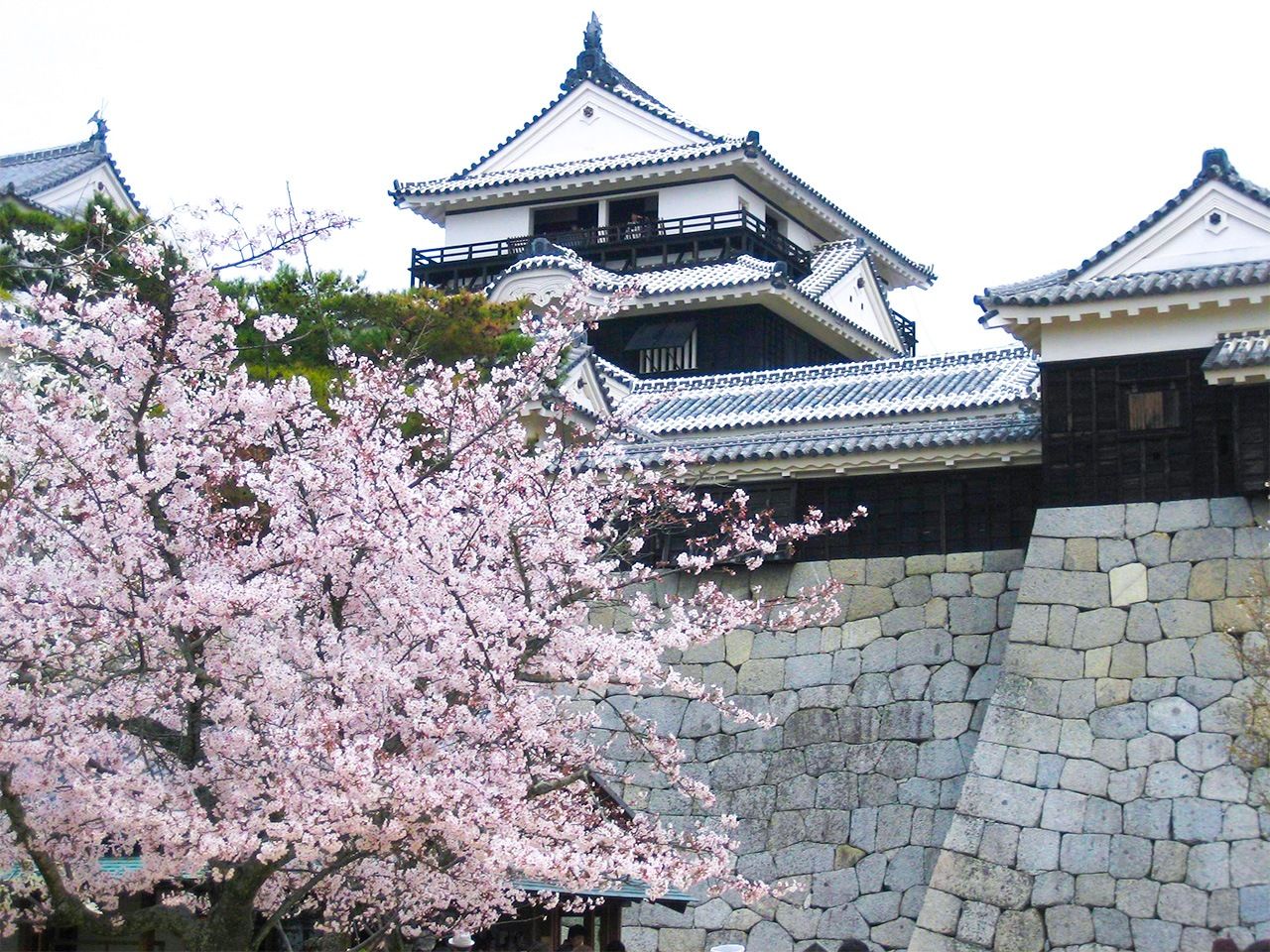
(Courtesy Ehime Local Promotion Association)
Iyo Matsuyama Castle served as the residence of the Matsudaira clan which traces a direct patrilineage to Tokugawa Ieyasu, the founder of the Edo shogunate. The trefoil hollyhock crest of the Tokugawa can be seen in the roof tiles and elsewhere in the castle’s construction. The greater and lesser keeps are connected to each other and to turrets and other structures by connecting corridors in this, the last castle fortification built in the Edo period. The castle was struck by lightning and burned to the ground in 1784, with reconstruction completed in 1854.
Uwajima Castle
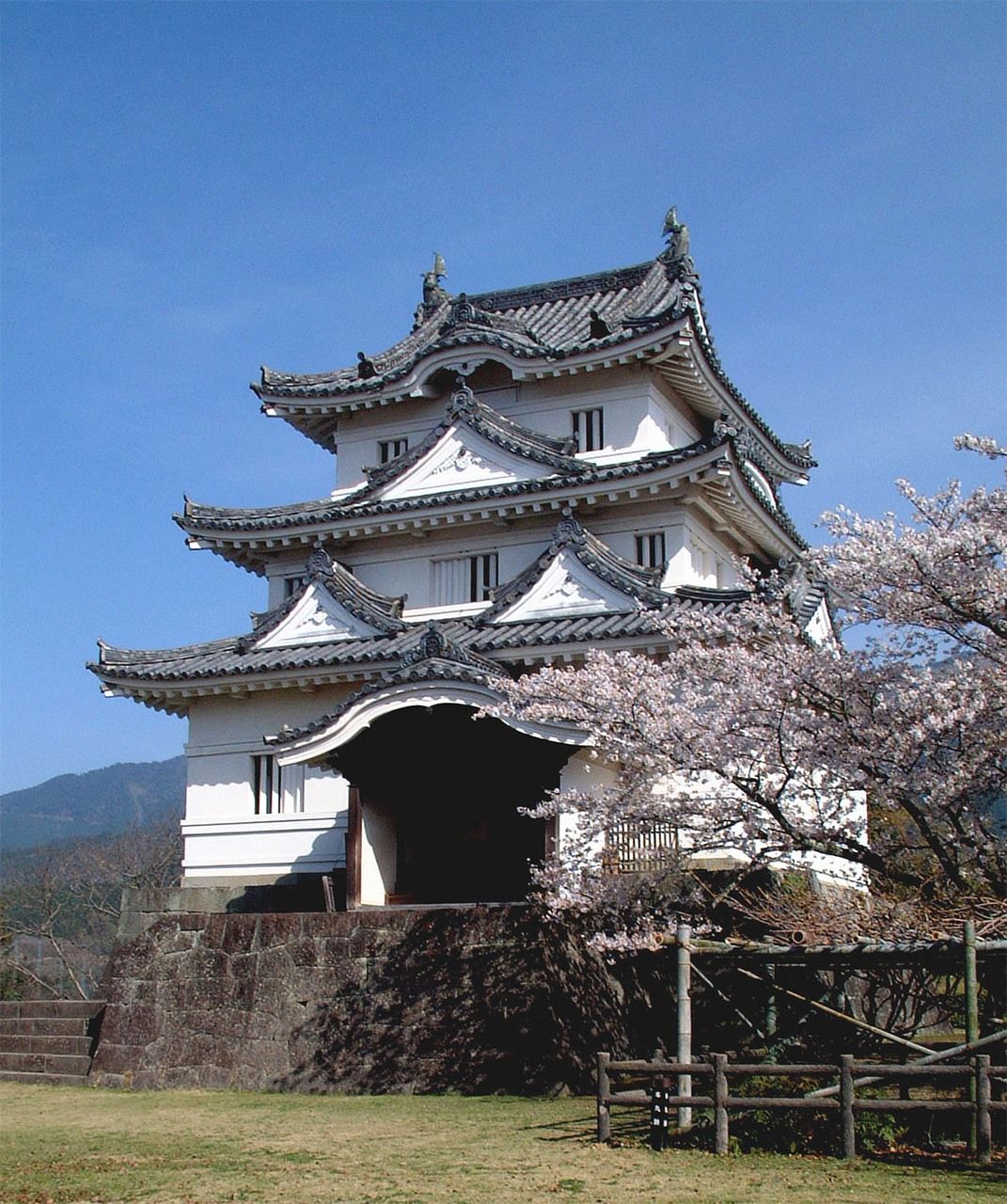
(Courtesy Ehime Local Promotion Association)
Built by Tōdō Takatora, lord of Iyo-Imabari Province and a castle builder of some repute, Uwajima Castle fronts Uwajima Bay to the north and west, and draws seawater into a moat to the south and east. As these characteristics attest, the castle was built with defensibility in mind; another such feature is that the outer fortifications are in the shape of an irregular pentagon, ensuring a blind spot on the part of hostile forces attacking from any four directions. The castle as it survives today is the result of extensive renovations in 1671.
Kōchi Castle
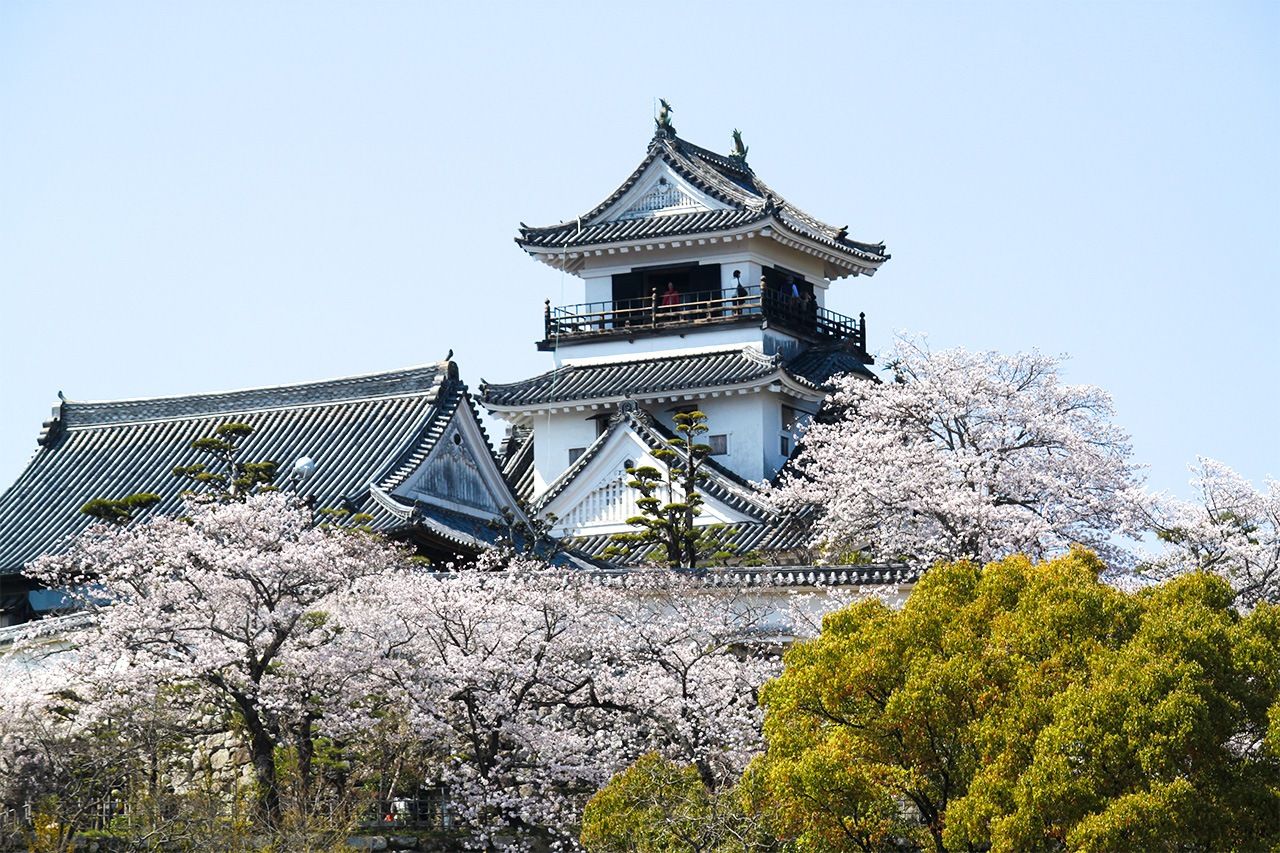
(Courtesy Kōchi Visitors & Convention Association)
Kōchi Castle was built in 1611 by Yamauchi Katsutoyo, a hero of the battle of Sekigahara (1600), in which Tokugawa Ieyasu won effective control of Japan. Most of the fortifications were destroyed by a great fire in its castle town in 1727, with rebuilding commencing in 1729. It is the only castle in all of present-day Japan to retain the structures in its main enclosure in practically pristine condition, including the grand house, the nishi-tamon-yagura (a continuous covered gallery between turrets to the western side of the castle), and the ōtemon (main gate), in addition to the central keep itself.
(Translated from Japanese. Banner photo: Bitchū-Matsuyama Castle wreathed in fog. Courtesy Okayama Prefectural Tourism Federation.)